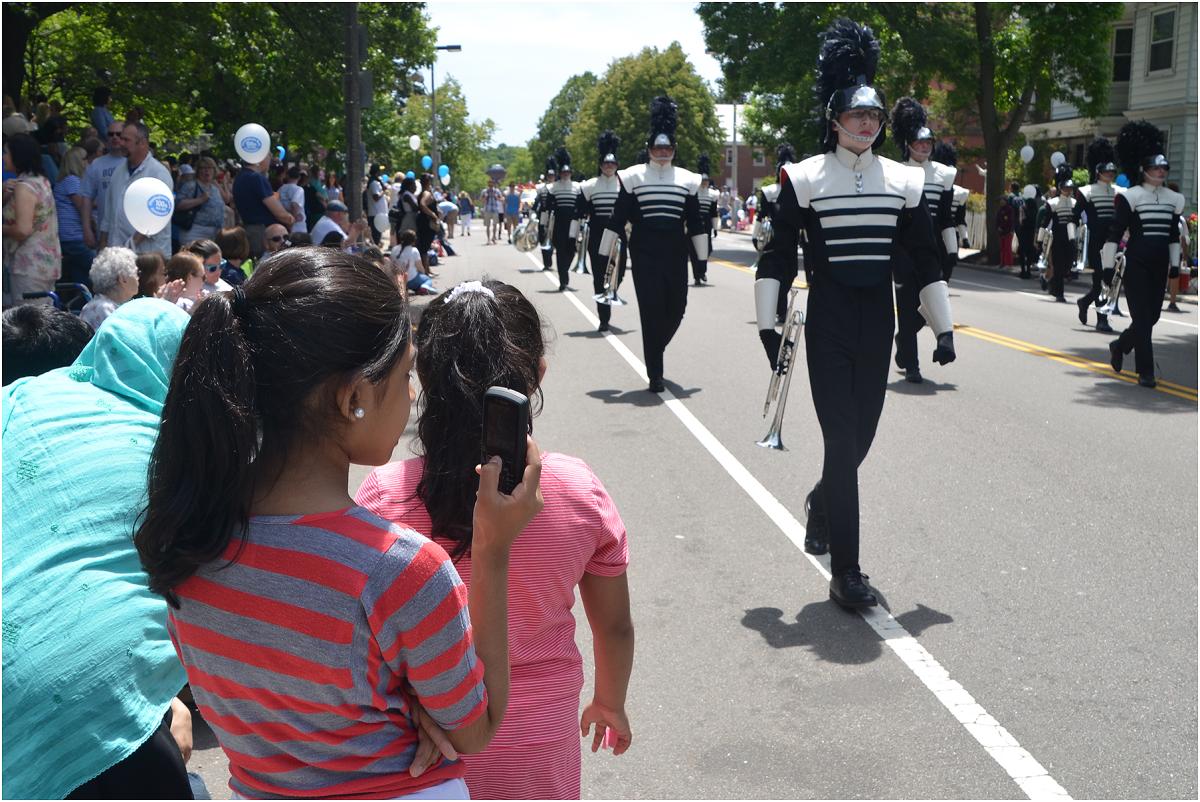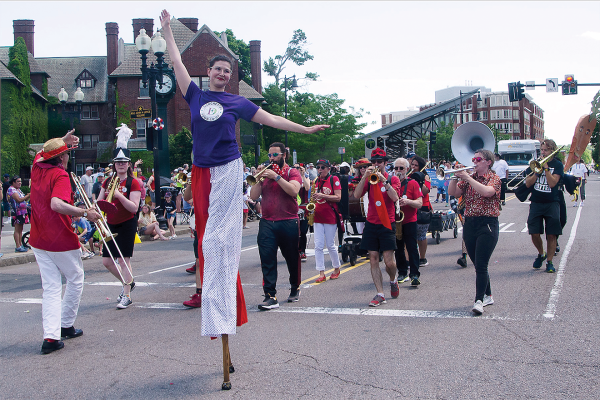May 30, 2024

Why do we still do Dot Day?
For some, that’s like asking why we put up Christmas lights in December or serve turkey and stuffing on the fourth Thursday in November.
But, fine. As we approach the first weekend in June and Sunday’s parade, we’ll allow it as a legitimate question worth pondering.
Why, in 2024, do we still march, camp out on the curb with balloons and coolers, watch a band play on our neighbor’s front porch, don a fading three-decker t-shirt, run a 5k, whatever it is that many of us will do this weekend?
People have their own rhymes or reasons, but here are a few thoughts from someone who’s been an active participant for a half-century (plus one year).
Let’s first recall that the early Dorchester Days —organized in the first decade of the 20th century — were at least in part an attempt at keeping Boston’s city leaders focused on the wants and needs of what was then still a relatively new section of the city.
Dorchester was its own town until 1870 when the voters here decided to approve annexation to the city of Boston. Historians tell us that the decision was made for practical reasons, like tapping into Boston’s superior water supply and the larger tax base to fund schools and roads.
At the time, Dorchester was just starting to grow into its identity as a “streetcar suburb” replete with rows of brand-new three-decker buildings to house waves of immigrants. But when the first Dot Day was staged, the neighborhood was still a relatively pastoral setting with orchards and farms and hilltop estates and summer homes along the coast for Boston’s well-to-do. For Cripes sakes, the early Dot Day celebrations included a sailing regatta, if that clues you in a bit on the demographics of the time.
The 1904 Dot Day events centered in large part around local efforts to get the city of Boston to designate Savin Hill Park as a city-owned and cared-for park. They succeeded in getting Boston Mayor John F. “HoneyFitz” Fitzgerald to come and commit to the plan. The future president’s grandfather knew where his votes were increasingly being counted.
So, Dorchester Day has always been— and is today— a reminder to city leaders that this place and the voters who live here matter. That’s why your 2024 parade roster (see today’s special edition) includes a healthy complement of political hopefuls who’ll march up the avenue and/or crisscross the afternoon’s backyard barbeques.
Think of Dorchester Day as a communal lobbying effort, a neighborhood-wide smoke signal to Government Center that the city’s now largest and most populous enclave had best be at front of mind.
Over the decades, as the tradition took hold and the parade flared as the unofficial start of summer in the city, Dot Day became embedded in the local psyche. In a city of neighborhoods and enclaves that are very often weighted to more affluent, tourist-friendly, cobblestoned blocks in the city center, this is our day.
And in modern-day Dorchester, the interpretation of what the word “our” means has become the best reason to keep the Dot Day tradition alive and nurtured in the next generation. In ways that defy conventions and stereotypes, this sprawling neighborhood has truly embraced Boston’s aspirations to be that “city on a hill” that welcomes – and celebrates – all comers.
Long live Dot Day— and a special word of thanks to the volunteer men and women who make this weekend’s festivities possible.
Enjoy!



